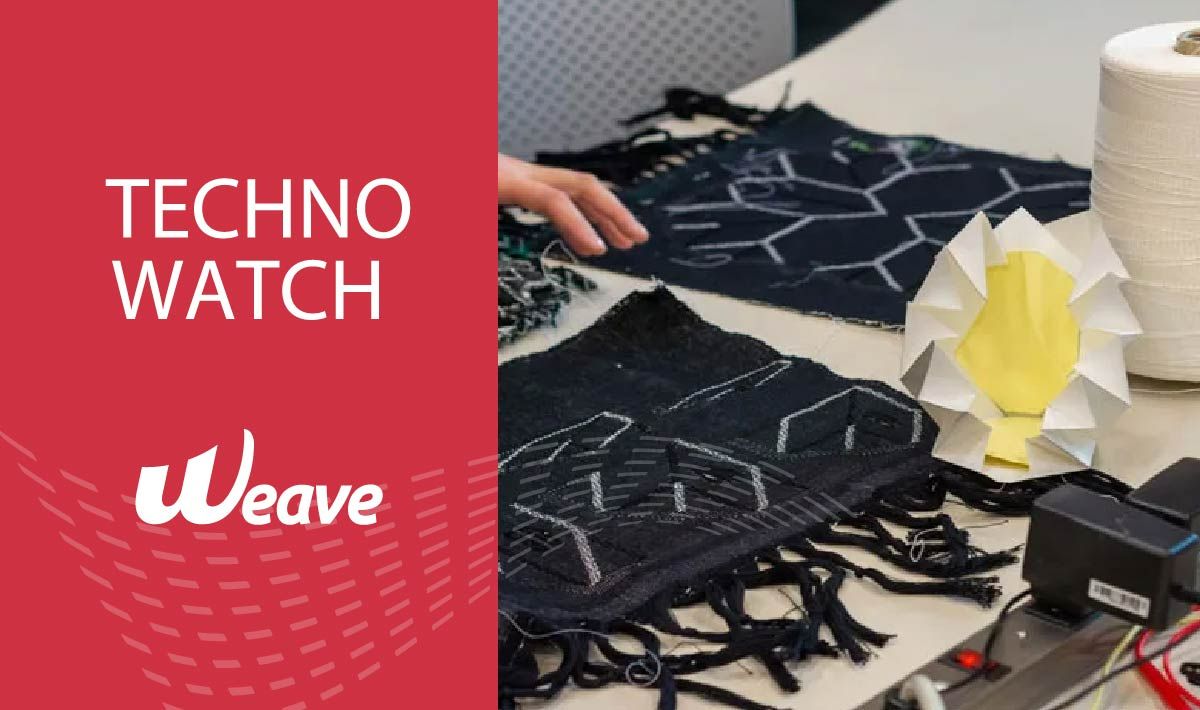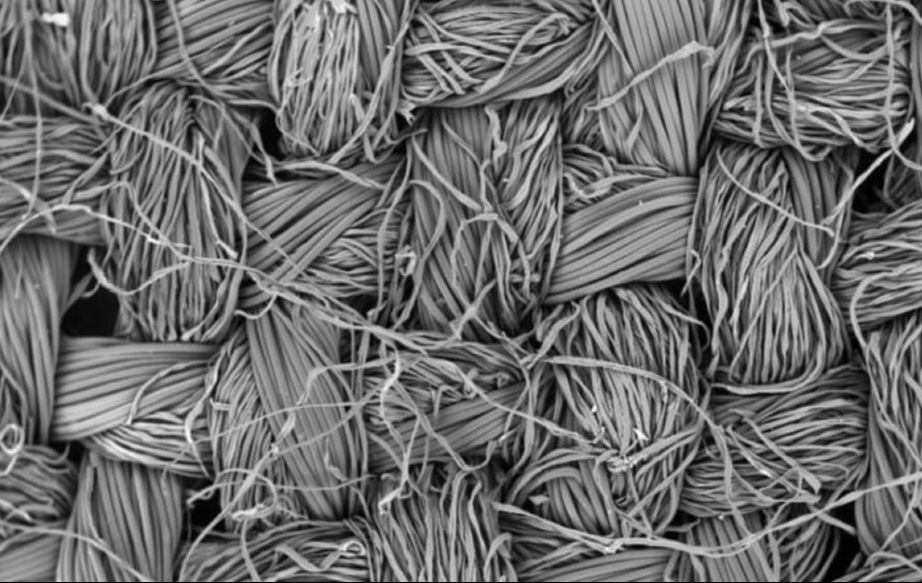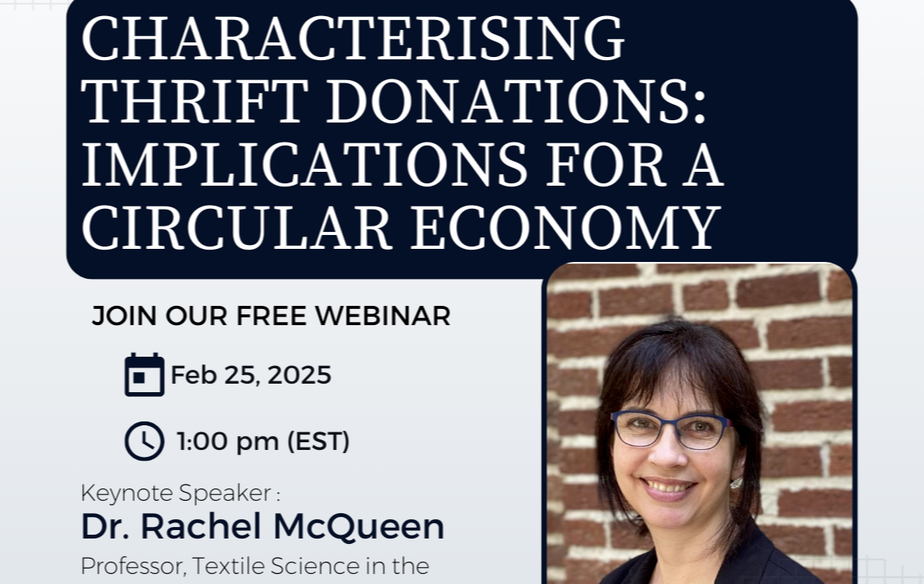
Canadian researchers weave “threads” of Wi-Fi fabric
Canadian researchers have woven ‘threads’ of Wi-Fi into fabric as a way of pushing boundaries to further understand how technology impacts lives. A textile Wi-Fi antenna has been created by weaving a conductive material directly into a tapestry fabric. It was conceived as a way to understand human relationship with home routers and the Internet.
Doenja Oogjes, who recently completed her PhD in the School of Interactive Art and Technology’s - Everyday Design Studio founded a decade ago by Simon Fraser University (SIAT SFU) professor Ron Wakkary, conducted research on the relationships between humans, things and the environment. Oogjes created the first woven prototypes and the team is continuing to work on the project with Milou Voorwinden, a jacquard weaver at the Dutch-based EE Label, with other team-members including SFU student Henry Lin and Wakkary, a university press release said.
Another project, Wifi-no-Wifi, involves a play on the idea of the Internet-of-things (IoT). Oogjes worked with Pauline van Dongen, a fashion designer and postdoctoral researcher at Eindhoven University of Technology, to design a woven, flower-like object with an origami structure that pops open when it detects that there are no nearby wireless networks around it.
Source: Fibre2 Fashion News Desk (DS)
Photo: Simon Fraser University
ON THE SAME TOPIC
Researchers fuse technology and textiles to explore how we connect with our world
Oogjes’ research, carried out in the studio, focuses on the relationships between humans, things, and our environment. As these relationships continue to grow, her interest in exploring them through textile fabrication led to the design and creation of two Everyday Design Studio projects—one, a textile Wi-Fi antenna, and another project called Wifi-no-Wifi.
During her design and development process, Oogjes says the materials often guide the direction. “As a designer I am never fully in control of the processes,” she says. “This gives more voice to materials of design practice.” Oogjes incorporates “materials speculation” in which unexpected or different materials can bring forward broader or different concerns.
The antenna, created by weaving a conductive material directly into a tapestry fabric, was conceived as a way to understand our relationship with home routers and the internet. Typically, devices like home routers or modems are hidden as they can be visual eyesores.
“The internet has become a part of our life, but we never materially experience it,” says Oogjes. The team plans to expand its project to look at ecological relationships between technology and other species—specifically bees—by studying the detrimental effects that Wi-Fi signals cause to them using the textile Wi-fi antenna.
Source: Simon Fraser University









